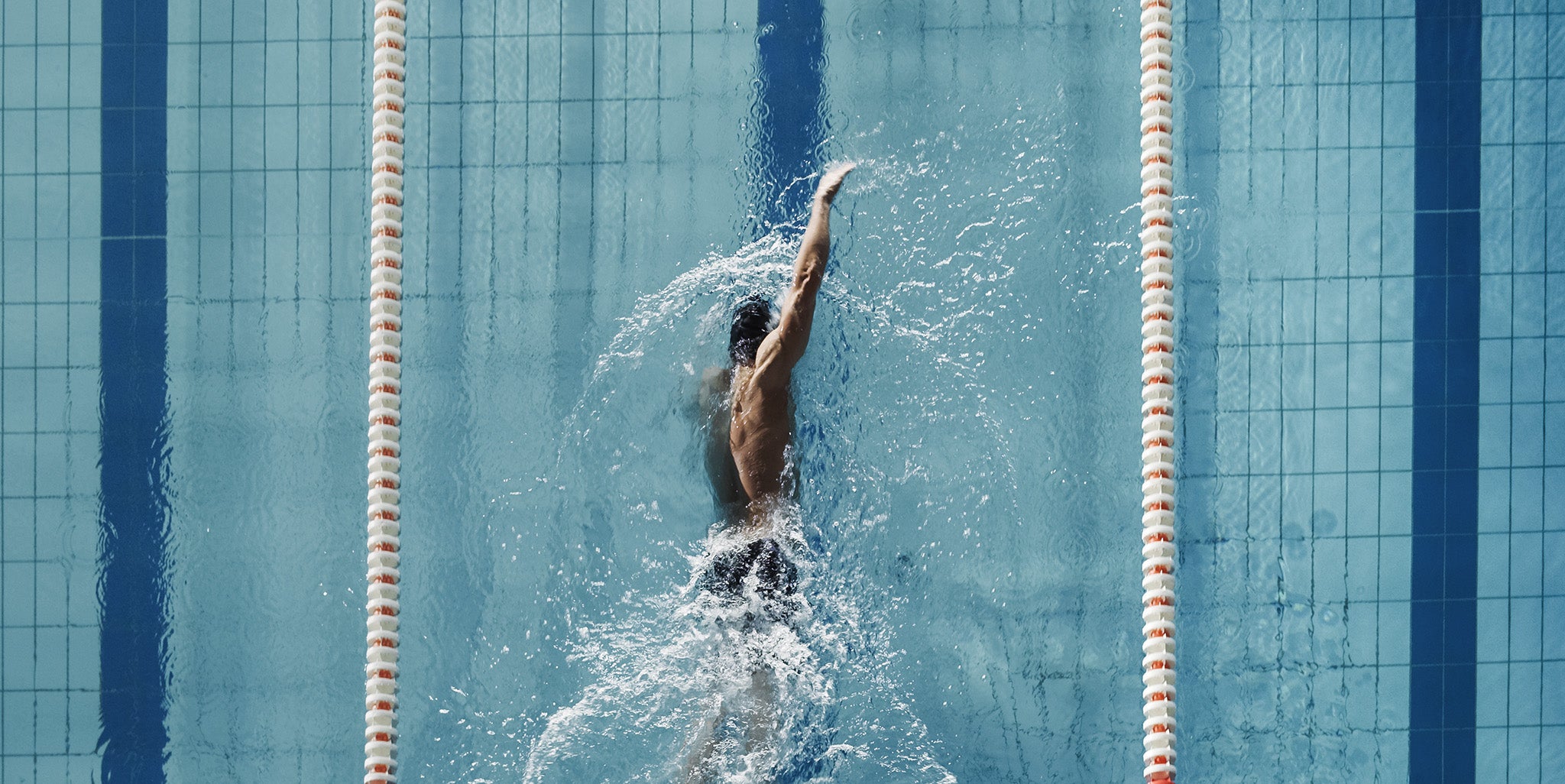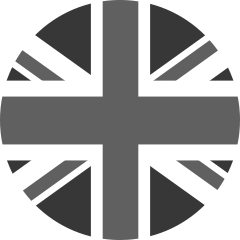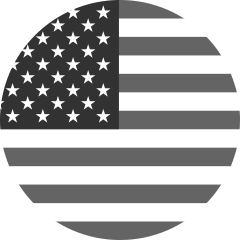Triathlon Pacing Simplified: How to Convert Pool Training Times to Open Water Swimming
When you’re training for a triathlon, tracking your metrics is essential for getting race-ready. These numbers let you monitor your progression, strategically improve over time, and dial in your triathlon pacing for race day.
But unlike cycling and running, getting ready for your race involves both pool training and open water swimming--and your metrics tend to vary heavily between the two.
So, to help you make sense of converting your pool times to open water swimming, we asked Brian Johns, three-time Olympic swimmer and Head of Coaching Science at FORM, to explain all the variables in the equation and share some tips you can use to supercharge your training.
Here’s what he told us.
FORM: Can you explain, in simple terms, the science behind why your open water vs. pool swimming metrics vary?
Brian Johns: At a high level, your goal with swimming is ultimately to gain speed so that you can maximize your triathlon pacing for race day.
And swimming speed, also known as pace, comes down to a simple equation:
Stroke length x stroke rate = pace
You can think of those two things like this:
- Your stroke length is the distance you travel in the water with one single stroke
- Your stroke rate is how fast you take each stroke
And that’s what makes it so hard to convert your pool times into open water swimming metrics.
When you’re swimming in a pool, the fastest you’ll ever be is the point when you push off of the wall after each length. At that point, you’re propelling yourself forward with significant force which, in turn, helps increase your distance per stroke.
But when you’re open water swimming, you no longer have those push-offs to help make you faster.
So, while your stroke rate will most likely stay the same, your stroke length will decrease, in turn reducing your overall speed.
And those aren’t the only factors that can create variances between your pool splits and your open water swimming metrics. There are a ton of other things that might come into play during open water swims, such as:
- Waves
- Water currents
- Wetsuit buoyancy
- Sighting
- Drafting
- Stamina to swim continually without wall kicks
- Higher density of saltwater compared to fresh water
That’s why your metrics don’t necessarily convert directly from pool training to open water swimming.

What can you do during your training to improve your triathlon pacing for open water swimming?
The open water swim leg of any triathlon is vital because it sets the stage for the rest of your race. So, it’s important that you find ways to optimize your pool swims to prepare you for open water swimming.
Here’s what I recommend.
Understand where you’re starting from
If you want to tailor your pool swim training to improve your open water swimming, I recommend starting with your stroke rate and applying it to your goals.
Why?
Because consistency is one of the big challenges when transitioning from the pool to open water swimming.
When you’re swimming in a pool, you’re taking rests between intervals and pushing off from the wall after every length. This means you’ll most likely be able to maintain a higher stroke rate throughout the course of that swim than you would if you were swimming in open water without rests or the ability to push off the wall.
So, it’s important to determine your baseline swim stroke in the pool--and then start planning to overshoot that rate for your transition to open water swimming.
Create improvements with progressive overloading
There’s a popular saying in the triathlon world:
“Don’t train to your distance, train for your distance.”
If your race swim is 1,500 metres and you want to tackle it with a pace of 1:20/100 metres, you shouldn’t just aim to swim that far and that fast during training--you should aim to swim farther and faster so that your goal distance and pace is easier on race day.
But when you swim in a pool for 20 minutes, the boost generated by your wall kicks might reduce your actual swim time to 18 minutes.
So, you not only want to train to that full 20 minutes, but you also want to exceed it and ensure you can hold your stroke rate for 25 to 30 minutes.
That’s where progressive overloading comes into play. In the simplest of terms, progressive overload is about doing a little more than you did the last time to force your body to achieve a new higher level of performance.
Here’s an example of how you could think about approaching progressive overload.
Step 1: Establish your baselines
Let’s say your swim training plan calls for a 20-minute set at 1:20/100 metres for a total of 1,500 metres of swimming.
This set might be made up of short intervals--for example, 15 intervals of 100 metres with 30 seconds of rest between each.
The first and most fundamental part of progressive overloading is to train until you’re able to complete all 15 of those intervals perfectly.
But, even then, you still won’t be swimming your full 1,500-metre goal nonstop at your target pace--and you’ll need to be able to do that while open water swimming.
So, you’ll need to start overloading in order to train for your distance--not just to it.
Step 2: Decrease rest time
The next step in the progressive overload process is to reduce the amount of rest you take between each swim interval.
So, if you were previously swimming 15 x 100-metre intervals with 30 seconds of rest between each, your next goal would be to reduce that rest period to 20 seconds.
In doing so, you’re giving yourself just slightly less recovery time before you have to start moving again--and this can help boost your stamina.
Once you’re able to do all 15 intervals perfectly with the reduced rest period, you can move on to the next step.
Step 3: Increase interval distances
In this phase of the progressive overload process, you’ll want to increase the distance of every interval while giving yourself more rest time again.
That means instead of doing 15 x 100-metre intervals, you’ll want to do 10 x 150-metre intervals with 30 seconds of rest.
This will help you get used to the exertion that comes with swimming for longer distances without stopping.
Just like the last two steps, your goal should be to get all ten of these intervals right before moving on to the final step.
Step 4: Increase your set size
Finally, you can work to increase your set size as a whole. Remember, your next goal should be to train for your distance, not to it.
So, if your previous set was 15 x 100-metre intervals for a total of 1,500 metres, try increasing your total distance while keeping the same stroke rate.
For example, you can try increasing your set size to 2,000 metres broken down into 20 x 100-metre intervals and then 10 x 200-metre intervals.
Pro tip: There’s no one-size-fits-all approach to applying progressive overload to your training, so you can approach the steps above in whatever order suits you best. Feel free to change your rest times, interval sizes, and set sizes in different combinations to still continuously challenge yourself towards your goal.
How does progressive overloading help you transition from pool training to open water swimming?
Progressive overloading teaches you to keep your stroke rate consistent over time while improving your overall stamina so that you’re less influenced by all of the various factors, like the elements and conditions, that can impact your performance when open water swimming.
By training using stroke rate in the pool and progressively pushing yourself over time, it’ll increase your overall swim capacity and boost your confidence in your ability to handle open water swimming.
What pool swimming techniques can help improve triathlon pacing for open water swimming?
It’s important to remember that triathlon pacing is about the full race, not just open water swimming. So, you don’t want to blow out your legs in the water when you still have the ride and run to come.
Working on a few simple swimming techniques in the pool can help you get ready for open water.
Focus on upper body swim strength endurance
Since you’ll want to save some leg strength for the rest of the race, being able to rely on your upper body to take on a bit more of the responsibility for maintaining your stroke rate is essential.
You can train to improve your stroke rate with a focus on your arms and shoulders using a pull buoy or a band. Bands are helpful tools for stroke rate and they eliminate using your legs to help you swim, but they’re a more advanced piece of equipment, so get comfortable with a pull buoy before incorporating bands into your training regiment.
Work on perfecting your body position
The way your body floats on the water is really important. You need to have your head, hips, and heels at the surface of the water in order to swim efficiently--and this is especially important with open water swimming.
When you’re swimming, your sternum is your center of buoyancy but your belly button is your centre of gravity.
Some people are more prone to this position naturally while others need to have a steady kick in order to maintain it.
So, to strike this balance, your goal should be to feel like you’re swimming downhill through the water.
Practice sighting drills
Sighting is an important piece of the open water swimming puzzle. When you’re swimming in open water, you won’t have the pool’s lane lines to keep you moving in the right direction, so you’ll need to pull your eyes above the water to check where you’re going.
This can create variances between your performance in the pool versus open water swimming. Luckily, you don’t have to wait until you’re in open water to practice sighting.
While you’re swimming in the pool, elevate your eyes above the water every six strokes and take a look down the pool as if you’re trying to find the buoy.
Your goal should be to avoid pulling your whole head above water. Instead, focus on titling your head up just enough so that you can see what’s ahead of you.

What’s the best way to get used to open water before your race?
It’s always a good idea to take some practice swims in open water before your race. That way you’ll be able to adapt to this new environment so that you can keep your open water swimming pace as close as possible to your pool splits.
You don’t have to go for long swims. You can just go for short trial runs. Don’t expect to be as fast, efficient, or comfortable as you would be in the pool at first. Just get in and make sure you know what you’re doing.
With FORM goggles, you can also make it easier to track your stroke rate, pace, and distance without compromising your performance in open water by seeing your metrics in real-time, right in front of your eyes. This will save you the disruption of having to interrupt your swim to check your watch as you go.

Is it worth following a training plan to help you get ready for your race?
Triathlon pacing and open water swimming require focused, consistent, and strategic training. Taking advantage of a training plan will help you go from tackling the first stage of your progressive overload all the way through to swimming your full target distance with your goal stroke rate.
If you’re ready to simplify and streamline the transition from pool training to open water swimming, join now—FORM memberships include our worry-free, 30-day return guarantee.
Already have FORM goggles, but don’t have access to our full range of features? Head to the FORM app to start a 30-day free membership trial*.











